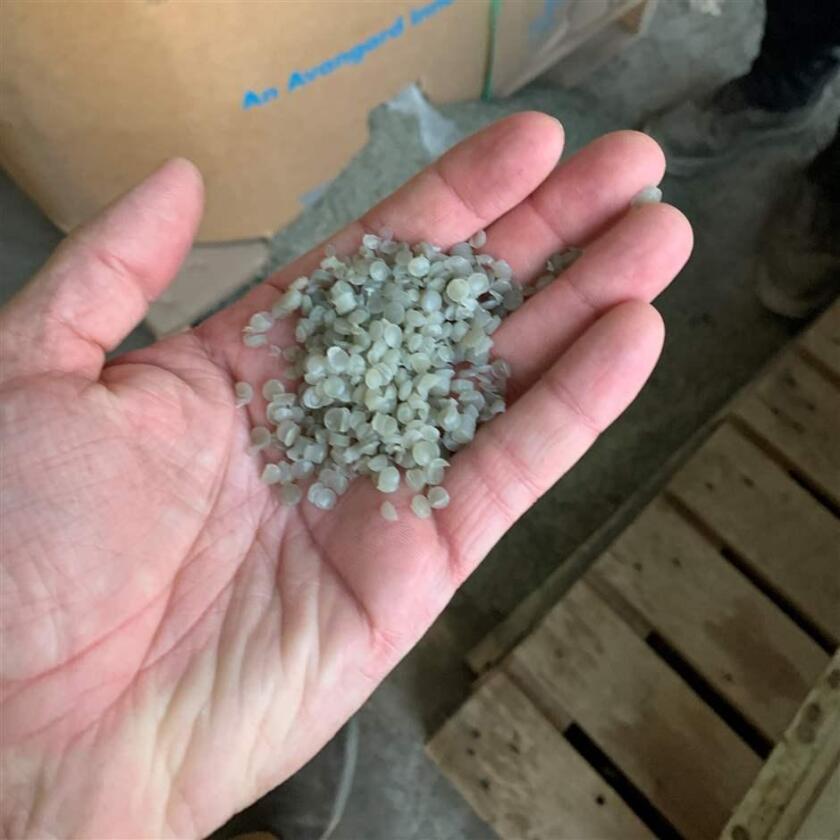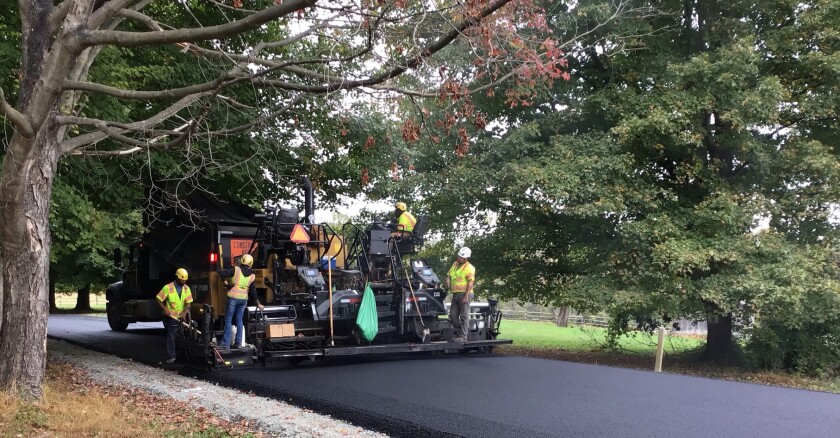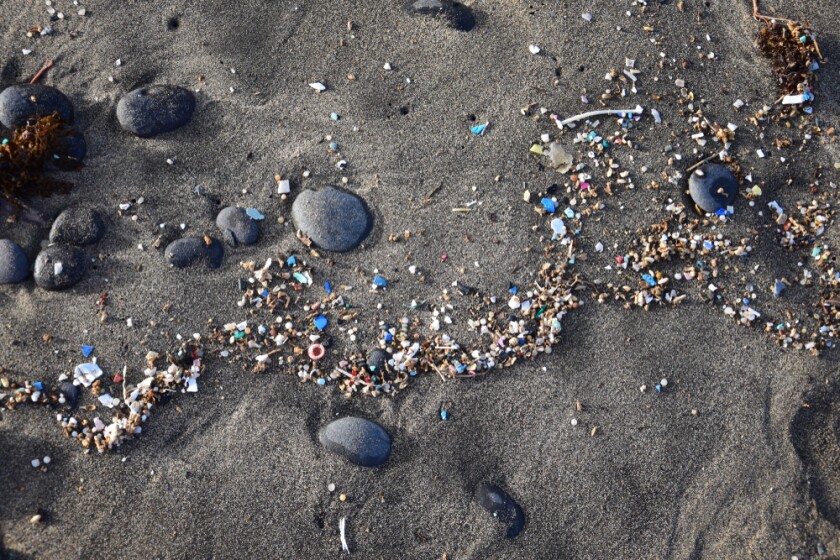On sections of a busy, four-lane road that cuts through the University of Missouri-Columbia, for example, the Missouri Department of Transportation, in collaboration with the university, is running a pilot program that combines recycled plastic bottle pellets with an asphalt mix to pave the road.
“You can do theoretical stuff in a lab, but this is actually taking the next step, putting it on a real-world road with real traffic,” said Ed Hassinger, the agency’s chief engineer. “Our best-case scenario is that it makes the asphalt more resilient and durable and gets rid of a waste stream that no one can do anything with.”
At least half a dozen states in the past few years have started pilot programs to test plastic roads, according to Melissa Savage, former program director for environment and sustainability at the American Association of State Highway and Transportation Officials.
New federal legislation and programs have added to the momentum because of the government’s commitment to using sustainable materials, said Savage, who earlier this year became a partner at Boston-based engineering firm CDM Smith.
But states are monitoring closely to ensure microplastics from the new pavement aren’t leaching into waterways.
In May, the California Department of Transportation tested an asphalt mixture that contains 10 percent recycled plastic from printer ink cartridges on a shoulder of Highway 99 in Elk Grove, near Sacramento, according to spokesperson Will Arnold.
The pavement looked and performed better than expected after several months, so in August, the department expanded the test by using the mix to pave all lanes in a 500-foot section of the highway, Arnold said in an email.
After thousands of heavy trucks drove on the road over three months in hot and cold weather, the plasticized pavement has been performing “very well,” and there is no cracking or rutting, Arnold said.
In Hawaii, the state Department of Transportation launched a pilot program in October that tests an asphalt mixwith recycled plastic polymer on a segment of road in a Honolulu suburb. The test will keep the equivalent of 195,000 plastic bottles out of the landfill, officials said.
The U.S. Department of Energy’s National Renewable Energy Laboratory estimates that 44 million metric tons of plastic waste were discarded in landfillsin 2019. Only about 5 percent of the plastic waste in the nation was recycled, and 86 percent was deposited in landfills; the rest was burned to generate electricity.
Many of the pilot projects are using more than one type of plastic-asphalt mixture to see which works the best. They’re also using traditional asphalt to pave other parts of the test road for comparison.
More than 90 percent of roads in the United States are paved with asphalt, according to Richard Willis, vice president of engineering, research and technology at the National Asphalt Pavement Association, a trade group headquartered in Greenbelt, Maryland.
Traditional asphalt mix for roads typically is composed of sand, stone or gravel and a waste product from oil. The industry also uses recycled materials in its mixtures, Willis said, such as its own recycled products, tires and shingles.
“We think that if all these things align and it works out, it’s a great opportunity,” he said. “But we don’t want to be putting plastic in our roads just to do it. We want to make sure there’s an economic, performance and true sustainability benefit.”

State transportation officials caution that they need to determine how cost-effective the materials are and whether they’re sustainable, safe for drivers and not causing cracks, potholes or ruts. They also want to see how plastic roads stand up against freezing and scorching temperatures.
And they want to ensure that microplastics in the mixture aren’t causing environmental damage.
In Columbia, Missouri, Hassinger said university researchers are monitoring the ditches along the plastic road to make sure the plastic mixture isn’t breaking down and leaching into the watershed.
Hassinger said his agency originally had set aside $4.8 million to repave the road with asphalt. The only added cost for the project that began in September 2021 was an additional $200,000 from dedicated research funds. That was for the contractor to redo its plan and use the plastic mix in sections totaling about 3 miles.
If the Columbia pilot is a success and the road proves to be durable, economically viable and environmentally safe, officials want to use the plastic mix on a bigger road that carries a lot of trucks, such as an expressway.
In Virginia, transportation officials have run three pilot experiments on six sections of road in the Richmond region between summer of 2021 and summer of 2022, said Jhony Habbouche, a senior research scientist at the Virginia Department of Transportation.
And since October 2021, Pennsylvania transportation officials have been testing and monitoring a pilotproject on two quarter-mile sections of a road that runs through Ridley Creek State Park in Delaware County.
Dave Condo, a Pennsylvania Department of Transportation environmental chemist, said the mix contains about 2 percent plastic additive, which equates to at least 150,000 single-use plastic bags. If the plastic mixture works well, it could be especially helpful on high-use roads with a lot of heavy vehicles that cause more rutting, he said.
“Rutting is a real problem and maintenance headache, and those roadways have to be repaved every couple of years,” Condo said. “If you can extend that even a few more years, that saves a whole lot of money — and the headaches for the public with the construction zones.”
If the pavement industry, manufacturers, contractors and trade groups buy into the idea of using plastic material, it could one day become a routine part of paving roads, Condo said, noting that the agency oversees 40,000 miles of road.
“Most of those are covered with asphalt. That’s a lot of pavement,” he said. “This could be huge, if it’s a success.”
This article was first published by Stateline, an initiative of The Pew Charitable Trusts. Read the original article.
Related Articles










